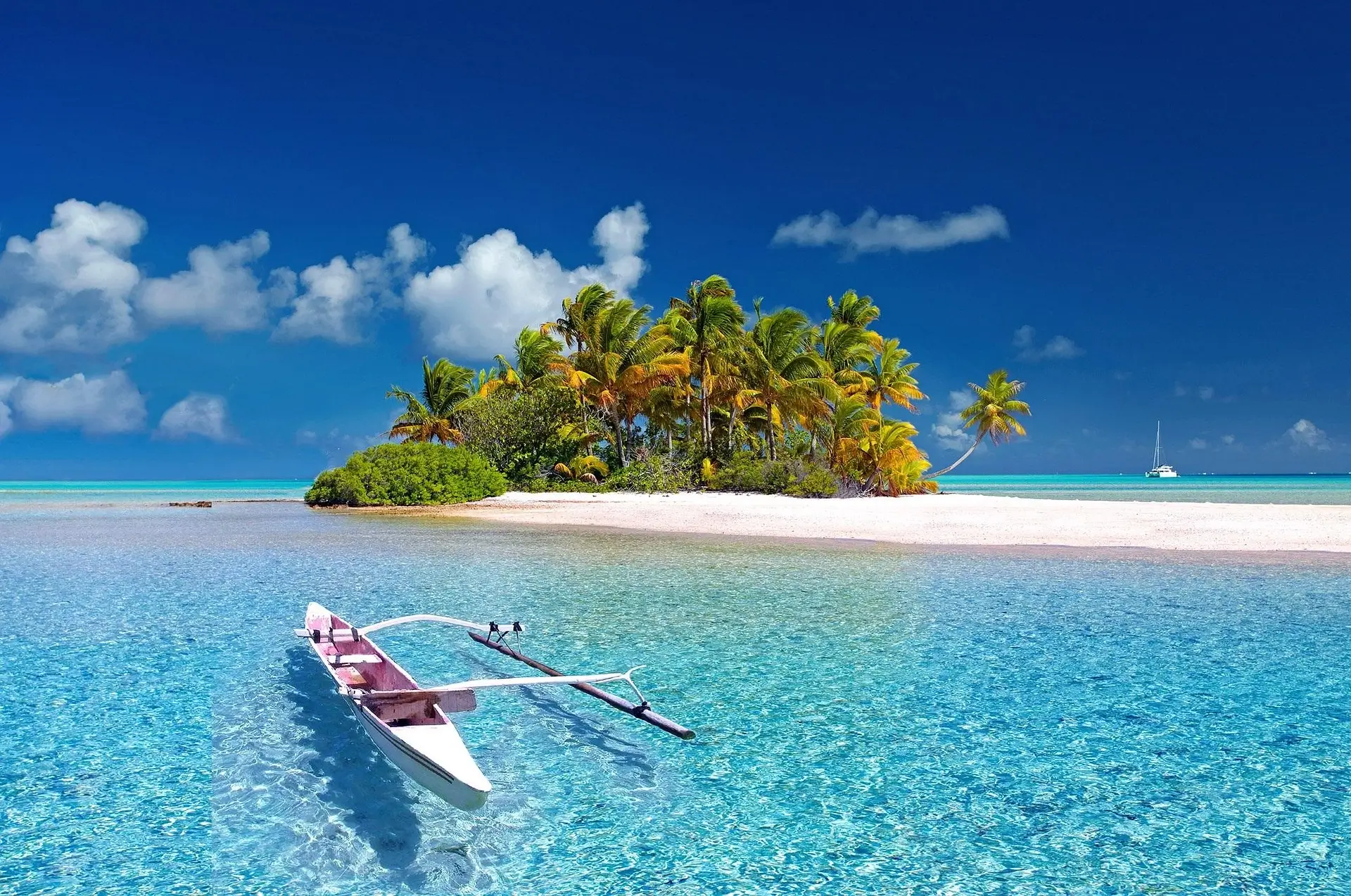Discover easy ways to reach French Polynesia: direct flights from LAX to Papeete, visa-free entry for US travelers, best routes via Air Tahiti Nui, cruises & ferries. Plan your dream island escape!
Hey guys, gather around. I’ve been to French Polynesia a few times now, and let me tell you, figuring out how to get to French Polynesia was the first hurdle I jumped. It’s this magical spot in the South Pacific with overwater bungalows and lagoons that look fake. I remember my first trip—I was clueless but excited. Stick with me, and I’ll share everything like we’re chatting over beers.
French Polynesia stole my heart right away. It’s spread across five archipelagos with over 118 islands. Tahiti is the big one, where most folks land. I love the mix of French vibes and local Polynesian culture—think croissants with fresh papaya.
The islands vary a lot. Bora Bora screams luxury with those iconic resorts. Moorea feels more chill, perfect for hikes and beaches. Then there’s the Tuamotus for epic diving spots like Rangiroa.
Don’t skip the Marquesas if you want rugged adventure. Each spot has its own flavor. I’ve island-hopped enough to know you need a plan.
Why You Should Go: My Take on the Magic
French Polynesia isn’t just pretty pictures. It’s the real deal for relaxation and thrills. I once snorkeled with sharks in Bora Bora—scary but amazing. The water is so clear you see forever.
Culture hits you hard too. I joined a local dance show in Tahiti. The food? Poisson cru is my go-to—raw fish in coconut milk. Markets buzz with fresh fruits and crafts.
Nature rules here. Hike volcanic peaks or chill on black-sand beaches. I kayaked in Moorea and felt like an explorer. It’s therapy for the soul.
If you’re into eco stuff, places like Fakarava are UNESCO-protected. I dove there and saw colorful reefs teeming with life. It’s worth every mile traveled.
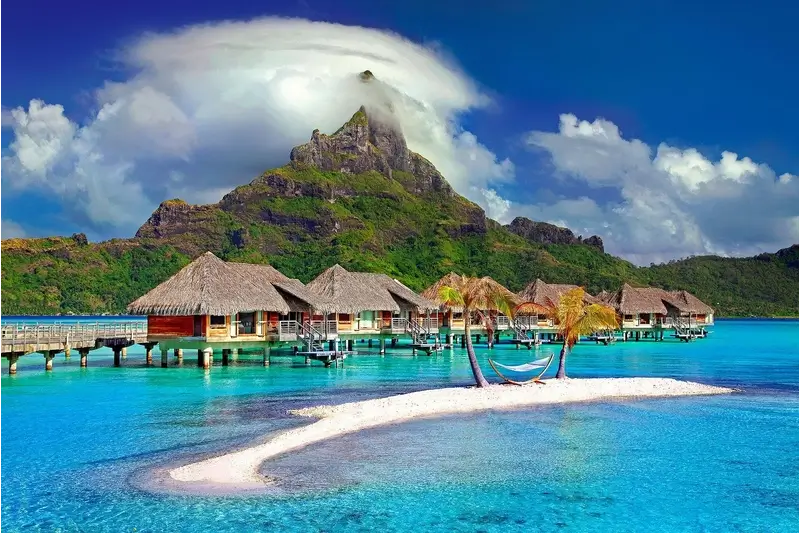
Best Time to Visit: Dodging Rain and Crowds
Timing your trip matters a ton. I learned that the hard way on a rainy visit. The dry season from May to October is my pick—cooler days, less humidity. Perfect for beach lounging.
June to August packs in tourists. I went in July once and loved the vibe, but prices spiked. Weather was sunny, ideal for water sports.
Wet season hits November to April. Rain comes in bursts, but it’s warmer. I visited in December—holidays made it festive, but showers cut some plans short.
Shoulder months like April or May give good deals. Fewer people, decent weather. I scored cheap stays then. Check forecasts, but pack for surprises.
Visa and Entry: What I Always Double-Check
Entry rules can trip you up. As a US citizen, I stay visa-free for 90 days. Passport needs six months validity—mine almost expired once, nightmare avoided.
EU and Canadian folks get the same deal. Others might need visas—check your embassy. I always carry a return ticket proof. They ask sometimes.
Customs are strict on biosecurity. No fresh produce or plants—I left fruits behind. Duty-free limits: 200 cigarettes, 2 liters booze. Declare meds with prescriptions.
Health-wise, no mandatory shots, but I get hepatitis A and typhoid jabs. COVID rules change, so I monitor updates. Better safe than stuck at the airport.
Flights: My Go-To Routes and Tips
Flying is the main way how to get to French Polynesia. I usually start from the US West Coast. Direct from LAX to Papeete takes about 8 hours—easy on Air Tahiti Nui.
From San Francisco, United or French Bee work well. I flew French Bee once—budget-friendly, but pack snacks. Seattle has Air Tahiti Nui options too.
Europeans connect via Paris on Air France. I did that from London—long but with a layover perk. Auckland is quick for Kiwis, 5 hours on Air New Zealand.
Honolulu links via Hawaiian Airlines. I combined a Hawaii stopover—bonus vacation. Tokyo flights exist for Asia travelers. Always book early for deals.
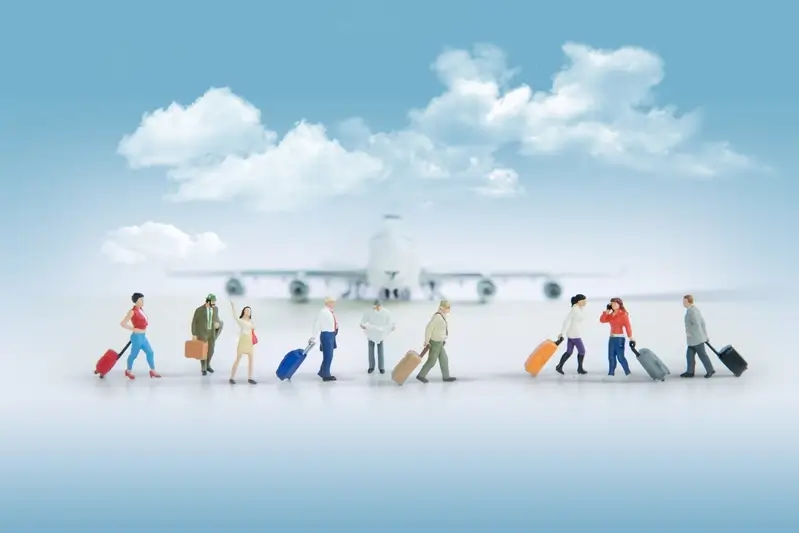
Direct vs Connecting: What I’ve Learned
Direct flights save sanity. I love non-stops from LAX—no jet lag mess. But they’re pricier during peaks. Connecting can cut costs.
I connected through Fiji once—added adventure but extra time. Allow 3-4 hours for layovers, especially international. Missed connections suck.
Codeshares help. Book American but fly Air Tahiti Nui—baggage through-checked. I use that for miles. Check schedules; some days have limited flights.
From East Coast US, fly to LAX first. I did Chicago to LAX, then Papeete. One ticket protects if delayed. Research routes based on your start point.
By Sea: Cruises and Boats for the Adventurous
Not everyone flies. I tried a cruise once—amazing alternative. Ships from Fiji or Auckland dock in Tahiti. Paul Gauguin Cruises specialize here.
Aranui freighter-cruises hit Marquesas. I did a short leg—felt authentic, saw remote spots. Own boat? Check maritime rules for entry.
Cruises let you island-hop without packing. I relaxed on deck, watched sunsets. But they’re scheduled, less flexible. Good for first-timers scared of flights.
Yacht charters exist too. I rented one in Society Islands—pricey but private. Ports like Papeete handle arrivals. It’s rarer but epic for sailors.
Arrival in Tahiti: Navigating the Airport
Papeete’s Faa’a Airport is your gateway. It’s small, 5km from town. I grab a snack at the bar post-flight—beats hunger.
Tourist info desk helps with maps. Currency exchange or ATM for CFP francs. I withdraw cash there—cards work but cash rules markets.
Taxis or shuttles to hotels. I book transfers ahead—easy after long flights. Luggage storage if needed. It’s efficient, rarely crowded.
If connecting domestically, Air Tahiti counters are nearby. I flew to Bora Bora right away once—50 minutes. Smooth process overall.
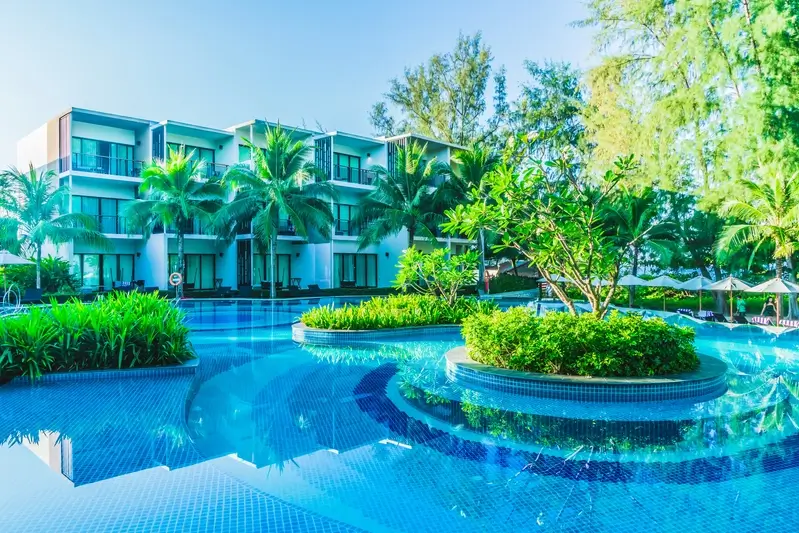
Inter-Island Hopping: My Favorite Part
Once in Tahiti, explore more. I love ferries to Moorea—30 minutes, scenic. Aremiti or Terevau run frequent trips. Cheap and fun.
For farther islands, Air Tahiti flights. I use their passes for multi-stops—saves money. Bora Bora flight is quick, views stunning.
Society Islands have good links. I ferried to Huahine—relaxed ride. Raiatea and Taha’a share lagoons, easy boat transfers.
Tuamotus need planes. Rangiroa from Papeete—1 hour. I dove there straight off. Limited inter-atoll flights, plan returns carefully.
Marquesas and Beyond: Remote Adventures
Marquesas feel wild. I flew to Nuku Hiva—3.5 hours from Tahiti. Air Tahiti connects Hiva Oa too. Shuttles to Ua Pou.
Boats for Fatu Hiva. I took a local shuttle—bumpy but authentic. Aranui cruises cover them well. Hiking rewards are huge.
Australs are quieter. Flights to Rurutu or Tubuai. I visited Raivavae—untouched beauty. Rapa by ferry only, rare trips.
Gambiers: Fly to Mangareva, then boat. I skipped once due to time. Cruises hit them occasionally. Remote means fewer crowds.
Getting Around on Islands: Cars, Bikes, and Feet
Islands differ in size. Tahiti needs a car—I rented one for Papeete traffic. Scooters work for Moorea circles.
Bora Bora? Bike or walk Matira Beach. I ditched the car—resorts shuttle. Electric bikes are fun for hills.
Huahine requires rentals. I drove around, found hidden beaches. Maupiti is tiny—walk everywhere. Feels like paradise unplugged.
Marquesas have shuttles from lodgings. I hiked a lot—rugged terrain. Australs: Bikes suffice for small loops.
Budgeting Your Trip: How I Save Bucks
Costs add up quick. Flights from US: $800-2000 roundtrip. I hunt deals on Skyscanner. Inter-island: $100-300 per hop.
Ferries cheaper: $20-50. Cruises start at $2000/week. I mix budget AirBnBs with resorts—$100-500/night.
Food: $15-50/meal. I shop groceries, cook sometimes. Activities like diving: $100/session. Total for 10 days: $3000-6000/person.
Off-peak saves. I went shoulder season—half price stays. Use passes for flights. Eat local—cheaper, tastier.
Health and Safety: Lessons from My Trips
Stay healthy. I drink bottled water—avoids tummy issues. Sunscreen essential; burns happen fast.
Mosquitoes bite—DEET helps. I got dengue scare once—vaccinate if possible. Medical care good in Tahiti, sparse elsewhere.
Crime low, but watch pockets in Papeete. I lock valuables. Protests rare but check news.
Evac insurance a must. I use World Nomads—covers diving. Dial 15 for emergencies. Stay aware, enjoy safely.
Packing Essentials: What I Always Bring
Pack light. Swimsuits, rash guards for sun. Light layers—evenings cool. Waterproof bag for boats.
Snorkel gear if picky. I bring mine—saves rentals. Reef-safe sunscreen only—protects corals.
Adapters for French plugs. Cash in francs. Meds, bug spray. Comfortable shoes for hikes.
Books or downloads—downtime bliss. Camera for lagoons. That’s my core kit.
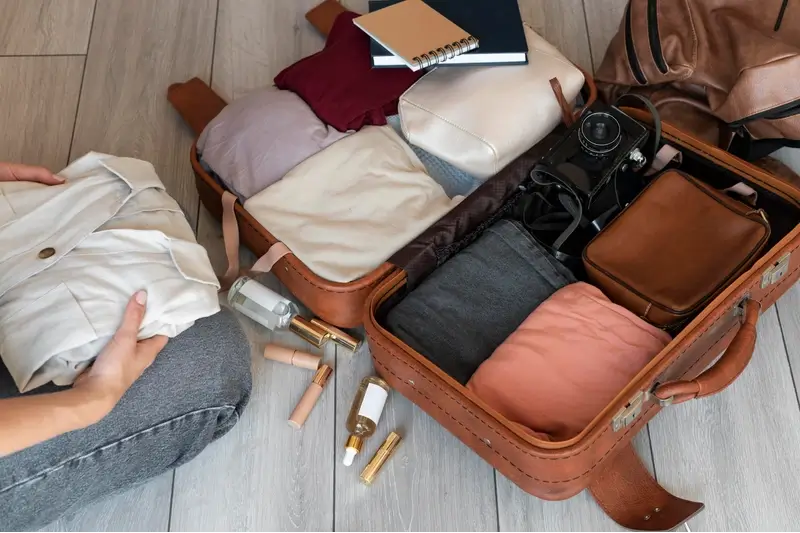
My Top Experiences: Stories from the Islands
Bora Bora overwater stay—woke to fish below. Priceless. Moorea quad tour—saw pineapple fields.
Diving Rangiroa—sharks everywhere. Heart-pounding. Marquesas tattoo—cultural immersion.
Sunset cruise in Tahiti—romantic vibes. Local feast on Huahine—danced all night. Memories forever.
Sustainable Travel: How I Give Back
Eco matters here. I choose green resorts—solar powered. No single-use plastics.
Support locals—buy crafts, eat at family spots. I volunteer reef cleanups sometimes.
Leave no trace on beaches. Dive responsibly—don’t touch corals. Keeps it pristine for others.
Frequently Asked Questions
What’s the Cheapest Way How to Get to French Polynesia?
Look for deals on connecting flights. I fly off-peak from LAX. Use miles if possible. Cruises can bundle costs.
Do I Need a Visa for French Polynesia?
US citizens? No for 90 days. Check your nationality. Passport valid six months. Always verify updates.
How Long Is the Flight to Tahiti?
From LAX, about 8 hours direct. Europe: 20+ with stops. Plan for jet lag.
What’s the Best Island for Beginners?
Start with Moorea. Easy ferry from Tahiti. Great beaches, activities. Less overwhelming than Bora Bora.
Can I Island-Hop Easily?
Yes, with Air Tahiti passes. Ferries for close ones. Plan ahead—schedules vary.
Is French Polynesia Safe?
Very, but petty theft happens. Stay vigilant. Natural hazards like currents—heed warnings.
What’s the Currency and Do Cards Work?
CFP francs. Cards accepted in resorts, but cash for markets. ATMs in main spots.
When’s the Rainy Season?
November to April. Still visitable, but pack rain gear. Dry season better for outdoors.
Wrapping It Up: Ready for Your Adventure?
French Polynesia calls to dreamers like us. I’ve shared my ins and outs—from flights to hidden gems. It’s not just a trip; it’s a reset. Grab your ticket, pack smart, and dive in. You’ll thank me later. Safe travels, friends!

